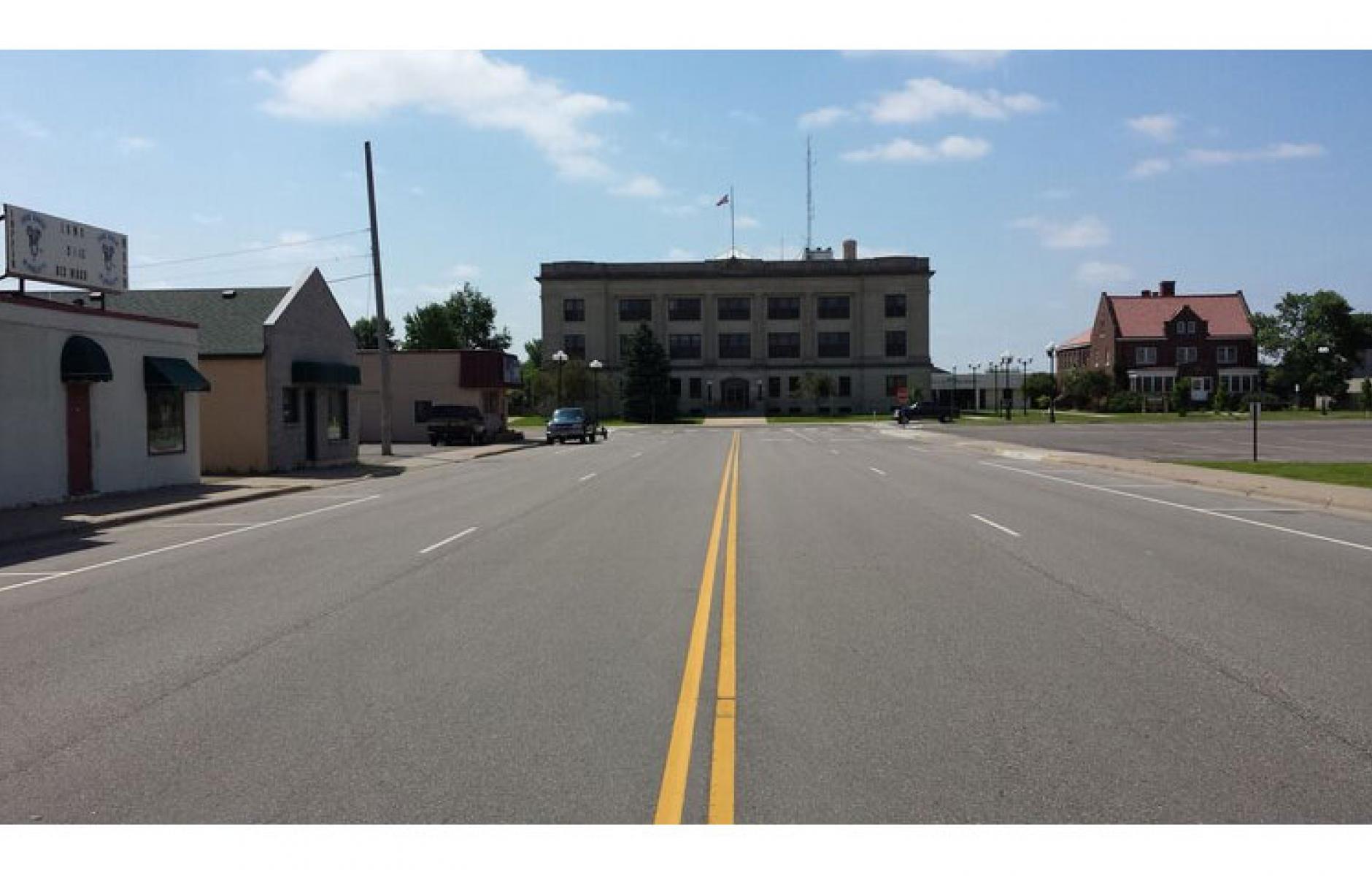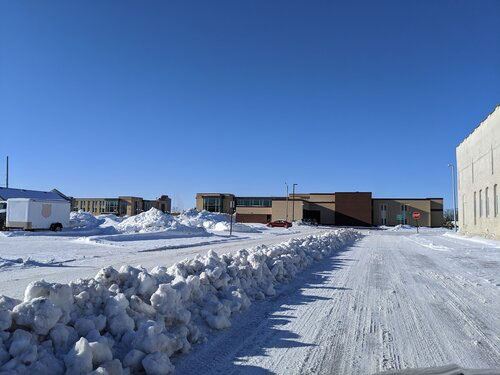
The cost of an extra foot
Civil engineers generally have a conservative disposition. I’m not talking politics but their way of approaching the world. My fellow engineers tend to dress conservatively, keep a low profile, and avoid social situations, especially where they will be the focus of attention. I’ve experienced few things as awkward as the dance floor at the corporate Christmas parties I used to attend back in my engineering days. I still struggle to get the images out of my head.
Clearly, conservatism among engineers is a tendency and not a rule—there are many exceptions and gradations among individuals—but I don’t think it a stretch to suggest that your average civil engineer is more conservative in nature than, say, your average barista or even your typical high school teacher.
Question: How do you know you’ve encountered an extroverted engineer?
Answer: When speaking, they look at your shoes instead of their own.
Civil engineers are actually trained to be conservative, and for good reason. When we think of things like a bridge, a dam, or even a drainage system, we need to be overly cautious—overly conservative—in our designs because failure, and the potential loss of life that comes with it, is not a risk we’re willing to take.
An interesting observation in the approach of civil engineers to street design reveals how our centralized development model—the top-down way in which federal and state growth policies influence local development decisions—has distorted the entire nature of not only the engineering profession, but what a conservative approach even looks like.
I live in a small town, one that struggles with budgets, debt, growth, and job creation. In any environment, but particularly in an environment such as ours, a conservative engineering approach to street building would be one that, ostensibly, moved vehicles efficiently at the minimum overall cost.
This wouldn’t be my approach—I’d have overriding concerns about moving people, not vehicles, as well as the safety of people walking/biking and how the public investments would impact overall wealth creation—but let’s just focus on streets as a traffic engineer might: it’s about moving vehicles and it’s about budgets.
In such a binary analysis, how does one justify twelve-foot lanes?
The street that I live on—4th Street in Brainerd, Minnesota—has a two-block section in front of the historic county courthouse (not to be confused with the modern corporate campus hideously built across the street). That section has always bothered me, but even more so after a recent snowfall.
Over my Christmas break, we had one of those especially nasty storms, where six inches of snow is followed by 12-hours of rain. Then, once everything is turned to nasty, rutted slush, we got a hard freeze, one that turned those mounds of slush into concrete-like walls. It was not fun.
Along the south end of 4th Street, all the snow is plowed into the middle where it is then scooped or blown into a truck and hauled off. I watched them grind through that nasty wall of ice and it reinforced my gut dislike for the street: Gosh this thing is wide.
Four, twelve-foot lanes are absolute overkill here. Not only is there is no traffic volume issue that would prompt four lanes, there is no engineering reason—besides rote adherence to a standard—to build those lanes twelve-feet wide. It is the national standards, established in the mid-20th century for the rapid replication of the auto-based development model, that prompts the extra width.
It is my contention that nine feet—ten feet at the most—would be a proper lane width here, but let’s just ponder the extra cost created by going from eleven to twelve feet. What does that one foot cost us?

Those two blocks are 760 feet long. An extra foot of lane width means 3,040 square feet (760’ x 4’) of surface. If we get a six-inch snowfall, especially one hard packed like the one we recently experienced, that will result in 1,520 cubic feet, or roughly 56 cubic yards, of snow that needs to be hauled out. With a twelve-yard truck, that’s four-and-a-half extra loads.
That’s between four and five extra trips that a truck loaded with snow will need to drive miles to haul snow out of the downtown. That’s an extra 30 to 60 minutes for two staff to blow and haul snow, quite often at overtime wages.
A foot of snow will double that effort. A three-inch snow will cut it in half, but we get those all the time. That means that, over the course of a winter, we are spending hours of time, hundreds of dollars, not to mention extra wear and tear on equipment, just moving an extra foot of snow. And that’s just for two blocks.
We have miles and miles of streets where we have casually added an extra foot of lane width here or an extra foot there. This is tens of thousands of dollars of recurring expense, every winter, forever. And it’s all because we’ve casually over-designed our streets, adding unnecessary—and often harmful—capacity. Why?
This is where I get back to the conservative nature of civil engineers. I’ve written before about how the values of the engineering profession are deeply embedded, so deep that they aren’t even recognized by engineers as values. They are merely truth, or at least accepted practice not to be questioned. One of those deeply embedded values, one aligned with the conservative tendencies of most engineers, is overdesign.
For a traffic engineer, to be conservative in your design is to spend extra money building capacity you don’t really need. For most of the rest of society, being conservative would mean the opposite: saving money by not building capacity unless you really need it. For engineers, cost is a secondary value, almost an annoyance. Systematic overdesign, and all the spiraling costs that casually go along with, are the result.
The values of the engineering profession have been distorted by decades of bloated budgets and rivers of cash for infrastructure projects, particularly from the state and federal government. Those days are gone (or at least numbered). Our cities desperately need professional engineers to realign their values to reflect those of the broader society.
We can all help that happen by recognizing, and drawing attention to, those spiraling costs. Snow removal is just one. All the extra bitumen and aggregate in building that extra foot of lane, along with the ongoing maintenance and replacement of the same, is another. The stifling of private investment impact that comes from a more dangerous environment for people walking and biking is also a very real financial impact. For cities struggling financially, we can’t throw away money so mindlessly.
Washington D.C. is not going to send our cities more money—not in any meaningful amount—to maintain local streets. Neither are the state legislatures. When it comes to our local streets, we’re on our own. A Strong Town will recognize that and take prudent steps to ensure that the financially conservative instinct of the broader community overrides the distorted conservative design tendencies of professional engineers.
If you want to invest in something more meaningful, or if you merely want taxes to be reduced, this is one of the ways a local government puts itself, and the people it represents, back in control.
This post first appeared on Strong Towns.




